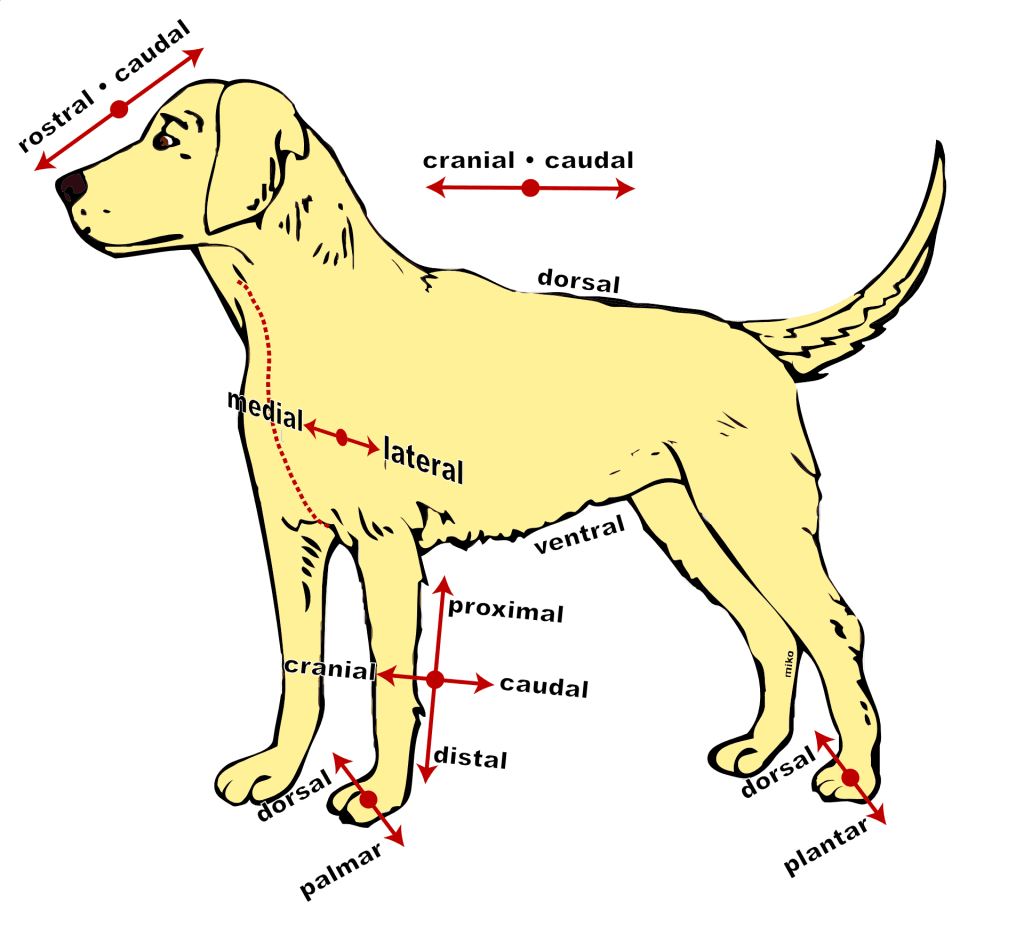Have you noticed your puppy, or one of your puppies, lying flat on their tummies, legs spread out and unable to move? Well, besides this being one of the funny resting habits we see with newborn pups, it could also be a case of puppy swimmer syndrome. And you need to act fast before it’s too late!
Swimmer puppy syndrome is a rare condition that mostly affects newborn puppies. It also goes by different names such as;
- Flat-puppy syndrome
- Swimmer puppy syndrome
- Flat pup syndrome
- Turtle pup
- Twisted legs syndrome
A pup with swimmers syndrome will have weakened hind limbs which makes it hard for the pup to stand or walk. To move, the puppy has to paddle with the forelimbs which is why the poor thing is always lying flat on its stomach with legs spread out.
The bad news…
Initially, swimmer syndrome in puppies was incurable. Puppies with swimmers syndrome were euthanized to protect them from the pain of leading their lives crippled. Interestingly, some vets still recommend euthanizing because they believe there is no cure for the condition.
While any dog is at risk of puppy swimmer syndromes, some breeds are more at risk than others. Smaller dogs or dwarf breeds are more prone to this condition than large breeds. Also in small breeds, French Bulldog and English bulldog puppies are more likely to produce a pup with the swimmers’ syndrome.
Swimmer puppy syndrome is curable!
The notion that swimmer puppy syndrome is incurable is not entirely true. Yes, swimmer syndrome in puppies can be hard to treat, but this is only true if the condition is not detected and addressed early. If nothing is done to help the puppy gain mobility, then that pup becomes crippled for life.
Fortunately, there is hope.
The Canadian Veterinary Journal researched a Miniature Schnauzer with swimmers syndrome. In this study, a 50-day old miniature schnauzer pup was brought in with symptoms of swimmers syndrome.
Vets put the puppy through a series of motion exercises to improve joint mobility. Also, the puppy was on a strict diet and was fed frequently throughout the day. In no time, the puppy Schnauzer was walking on all fours like any other normal dog.
It is possible to treat puppy swimmer syndrome if you know how to catch the symptoms early.
Symptoms of swimmer puppy syndrome
- Puppy looks smaller compared to the rest of the litter
- Puppy has difficulty feeding
- The pup regurgitates mothers milk or weaning food
- The newborn pup does not move much
- Excess weight loss
- Presence of lesions in the underbelly caused by urine/fecal scalding
- Legs are splayed after a week
- Puppy cannot stand or walk after a month
How to treat swimmer puppy syndrome at home without a vet
It is possible to help a puppy with swimmer’s syndrome regain mobility and lead a normal life. However, the road to get there requires a lot of time, skill, and determination to see your puppy regain mobility. Your puppy won’t start walking in a day, but with a little patience, they will be playing fetch within months.
Treating puppy swimmer syndrome requires 3 things;
- Environmental adjustments
- Healthy Diet
- Physiotherapy
Environmental adjustments
If a puppy is diagnosed with swimmer’s syndrome, the first thing to do is to make its environment comfortable. Find a safe place where you will keep the puppy separate as they recover. Ensure the floor where you will be keeping the puppy is not slippery as this puts more strain on their ability to move.
Cover smooth surfaces with a cotton carpet to increase friction and make them less slippery. In addition, place absorbent pads on the cotton carpet to make clean up easier after the puppy relieves itself. Change the absorbent pads frequently to maintain hygiene in the puppy’s secluded area.
Regularly wipe the puppy’s underbelly (ventral) with a clean wet cloth to get rid of waste residue. Also, apply baby powder to the ventral area to reduce inflammation and prevent more erosion on the skin.
The best diet for swimmer syndrome in puppies
A healthy diet is important for a puppy that has swimmer syndrome. The diet you pick should have the vitamins and minerals to help with the puppy’s growth and development. Also, ensure the diet does not contain too many unhealthy fats or carbohydrates. This can cause excess weight gain which will put unwanted pressure on the puppy’s joints.
The vitamins and minerals to feed a pup with swimmers syndrome include;
- Proteins
- Calcium
- Vitamin D
- Omega 3
- B Vitamins
- Vitamin E
Proteins are necessary for building strong muscles to move the limbs. Calcium strengthens the joints and skeletal structure while vitamin D helps the puppy absorb calcium better. Omega 3 fatty acids keep the joints lubricated and improve mobility.
B vitamins are essential to improve motor functions and help the puppy convert fats to energy. Vitamin B also helps in protection breakdown. Vitamin E is great for preventing skin rashes or the underbelly lesions common with swimmer syndrome in puppies.
Feeding frequency
A puppy that has swimmer’s syndrome needs to feed more than normal pups its age. This compensates for regurgitation which causes the pup to lose a lot of nutrients. But we have a hack for reducing regurgitation.
Feed your puppy at least 9 times a day in 2-hour intervals. Divide the food into small portions of 15g to 20g per serving. When feeding is over, pick the puppy up and massage it from head to tail for about 5 minutes. This helps the puppy digest faster and also prevents regurgitation.
Physiotherapy techniques for treating swimmers syndrome
Physiotherapy is important as it gives the puppy the push and motivation to start standing and walking. Each limb goes through a series of motion exercises to reduce lameness and improve mobility.
Motion exercises to treat swimmer puppy syndrome

- Massage the digits- do this by gently flexing and extending the pup’s digits for about 10 seconds. Hold the carpus/ caudal with one hand and massage the digits with the other.
- Massage the stifle/knee joint- this is great for mobility. Flex and extend the stifles for another 10 seconds. Do this by holding the distal femur in one hand and the tibia in the other.
- Massaging the hip joints- flex and gently pull the hip joint for 10 seconds. Hold the proximal femur in one hand and use the other hand to hold the pelvis for this range of motions.
Apply these joint rotation exercises with minimal pressure to avoid injuring the delicate joints.
Within a few weeks, you may start noticing some improvements in your puppy. Here is a video hack on how to help a puppy walk on its own when recording from swimmer puppy syndrome.
Conclusion
Puppy swimmer syndrome is treatable when detected early. The secret to curing swimmer syndrome in puppies at home, without a vet, is by ensuring the puppy is comfortable in its environment, eating a healthy diet, and going through motion exercises each day.
Be patient and consistent, and you may start seeing your puppy stand and walk again. Consult a professional vet in case of complications.
I am a highly skilled content writer and SEO expert with a passion for helping small businesses succeed in the digital world. With my extensive knowledge of the latest SEO techniques and strategies, I have successfully assisted numerous clients in improving their website rankings, generating more leads, and driving a significant increase in website traffic.
As a professional content writer and SEO expert, I am confident in my ability to contribute significantly to the success of small businesses. If you are seeking a results-driven, highly skilled digital marketer who can help you increase your ranking, convert new leads, and see a substantial improvement in website traffic, I would welcome the opportunity to collaborate with you.
Website: https://manmadewebsites.com/
Email: hello@digitalmarketingchap.com

